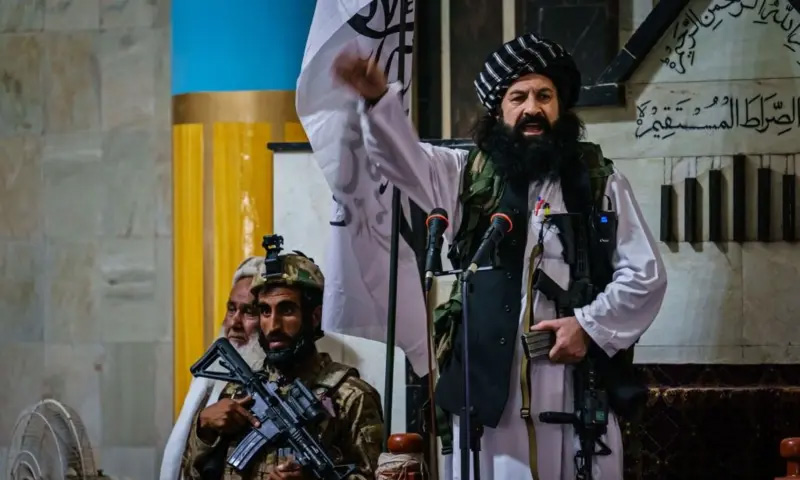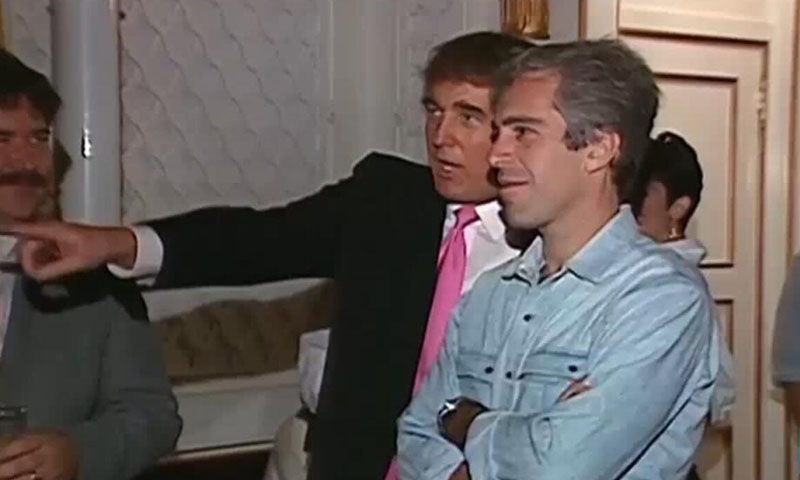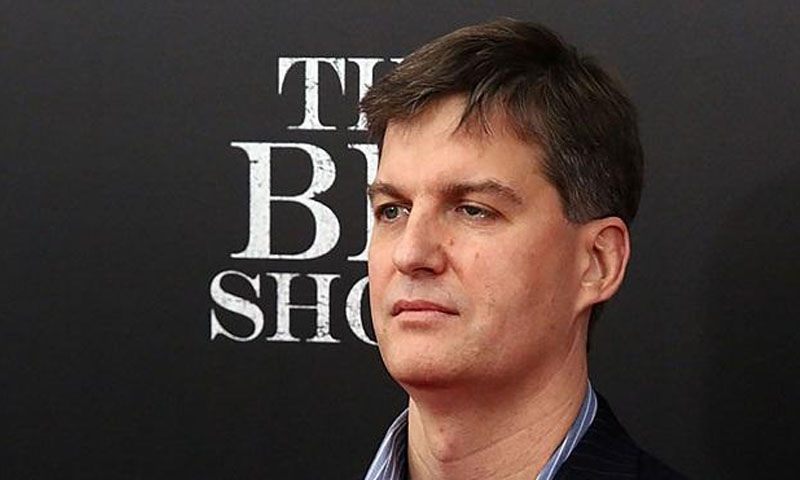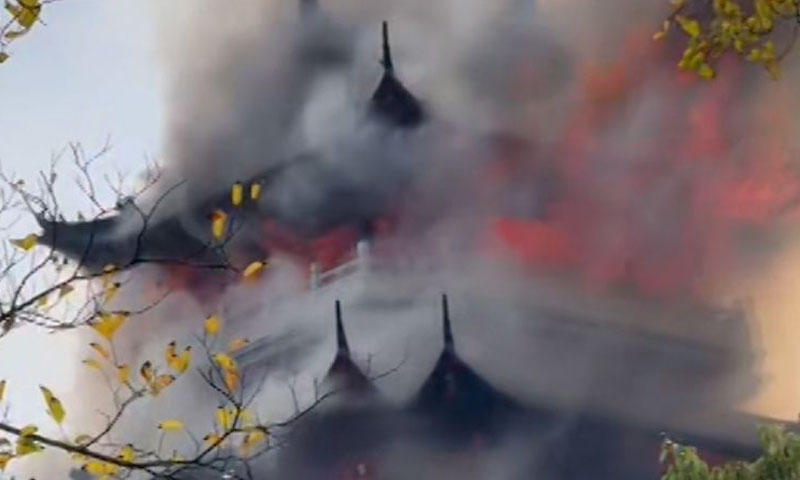- Reuters
- Nov 14, 2025
How Taliban leader Khalil ur Rahman Haqqani was targeted?
-

- Web Desk
- Dec 13, 2024

ISLAMABAD: Khalil ur Rahman Haqqani , the Afghan Acting Minister for Refugees and a prominent Taliban leader, was killed in a suicide attack in Kabul on December 10.
The assault, claimed by the Islamic State’s local affiliate, ISIS-Khorasan, marks a significant escalation in the ongoing conflict between the Taliban and the extremist group.
Khalil ur rehman Haqqani, who was the uncle of Taliban Interior Minister Sirajuddin Haqqani, was a pivotal figure within the influential Haqqani family.
The US government had offered a $5 million bounty for information leading to his capture, underscoring his importance within the Taliban’s leadership structure. His death makes him the highest-ranking Taliban official killed by ISIS-Khorasan to date.
The Attack
The attack occurred at approximately 2 pm on Wednesday when Haqqani was returning to his office at the Ministry of Refugees in Kabul after attending a high-level meeting at the Prime Minister’s office.
Witnesses described how the attacker, posing as an applicant, approached Haqqani as he exited his vehicle to meet with a group of people awaiting him.
When Haqqani did not show up for prayer at the mosque, the assailant waited among applicants near the ministry’s entrance. The footage showed a man, in his 30 years with a beard, wearing a plastered cast with steel rods on his hand — a likely trick to bypass the ministry’s metal detectors.
An eyewitness told the BBC that the assailant called out to Haqqani, presenting what appeared to be a request for assistance. It was during the signing of that said request that the attacker detonated an explosive device, killing Haqqani on the spot. The attack also claimed the lives two of his guards, and an Afghan civilian, who hailed from Kandahar.
The Taliban released surveillance footage showing the suspect’s movements prior to the attack. The footage suggested that the attacker initially planned to target Haqqani during Zuhr (noon) prayers at the mosque the attacker, posing as an applicant, approached Haqqani as he exited his vehicle to meet with a group of people awaiting him.
Khalil ur Rehman Haqqani’s Funeral
Haqqani’s funeral took place on Thursday in his native village in Paktia province. The service drew a large crowd, according to Afghan media. Sirajuddin Haqqani led the funeral prayers, while senior Taliban officials, including Deputy Prime Minister Mullah Abdul Kabir and Foreign Minister Amir Khan Muttaqi, attended the ceremony.
Who Was Khalil ur Rehman Haqqani?
Khalil ur Rehman Haqqani, 70, hailed from Gardez district of Afghanistan’s Paktia province. A younger brother to Jalaluddin Haqqani, a key commander during the Afghan resistance against Soviet forces, Khalil ur Rehman grew up under his brother’s tutelage after their father’s death.
In a 2023 interview with Shamshad News, Khalil ur rehman claimed to have been a skilled commander specializing in tanks and heavy weaponry during the Soviet-Afghan War. However, his role diminished during the Taliban’s subsequent insurgency against US and NATO forces post-2001.
The Haqqani network’s prominence within the Taliban grew after the fall of the Taliban government in 2001.
Jalaluddin Haqqani launched attacks against US and allied forces from Pakistan’s tribal areas, remaining loyal to Taliban founder Mullah Omar.
By 2007, Jalaluddin’s declining health prompted him to transfer leadership of the network to his son Sirajuddin Haqqani, while Khalil ur Rehman assumed the role of family patriarch.
Khalil ur Rehman became a respected tribal elder, mediating disputes in Pakistan’s North Waziristan region, further consolidating the Haqqani family’s influence.
Despite his reduced military involvement, the US designated him as a wanted figure in 2011, alleging his role in securing funding for the Haqqani network from Gulf countries.
Political Rise Post-2021
Khalil ur rehman Haqqani’s political profile rose significantly after the Taliban’s return to power in August 2021. He was appointed Minister of Refugees in the Taliban’s interim cabinet and held the position until his death.
His assassination underscores the ongoing challenges the Taliban face in maintaining security and governance amidst persistent threats from ISIS-Khorasan and other militant factions.




